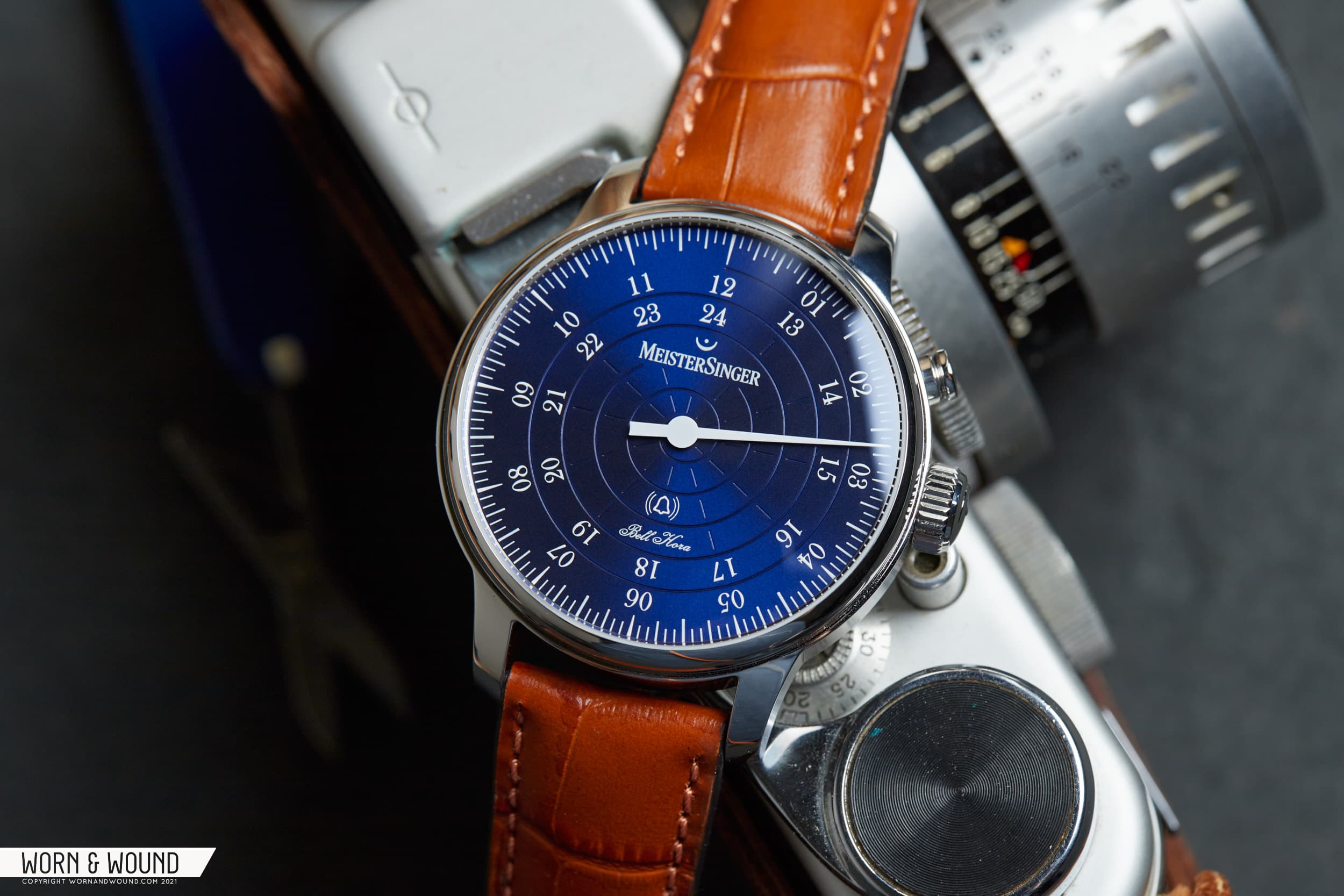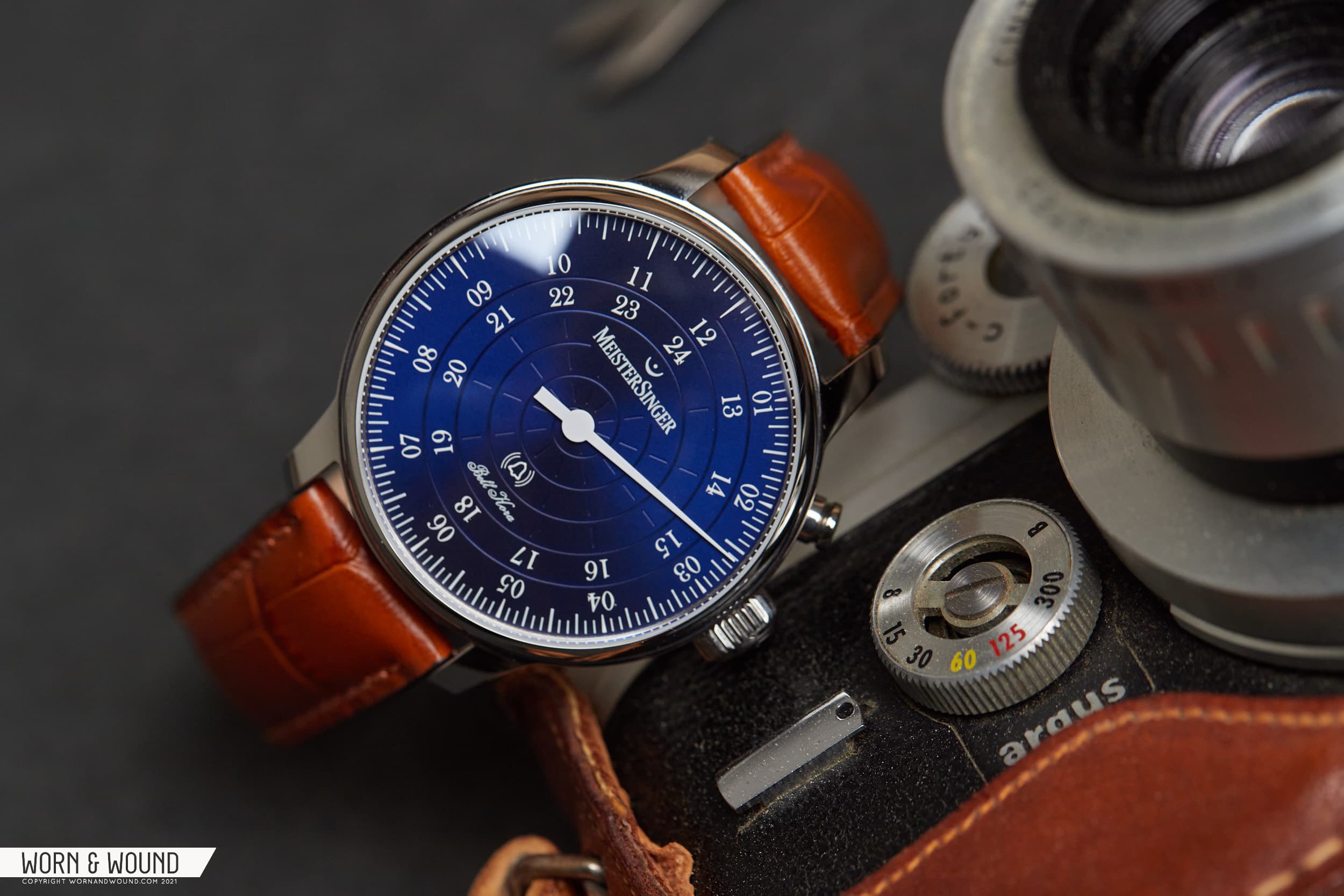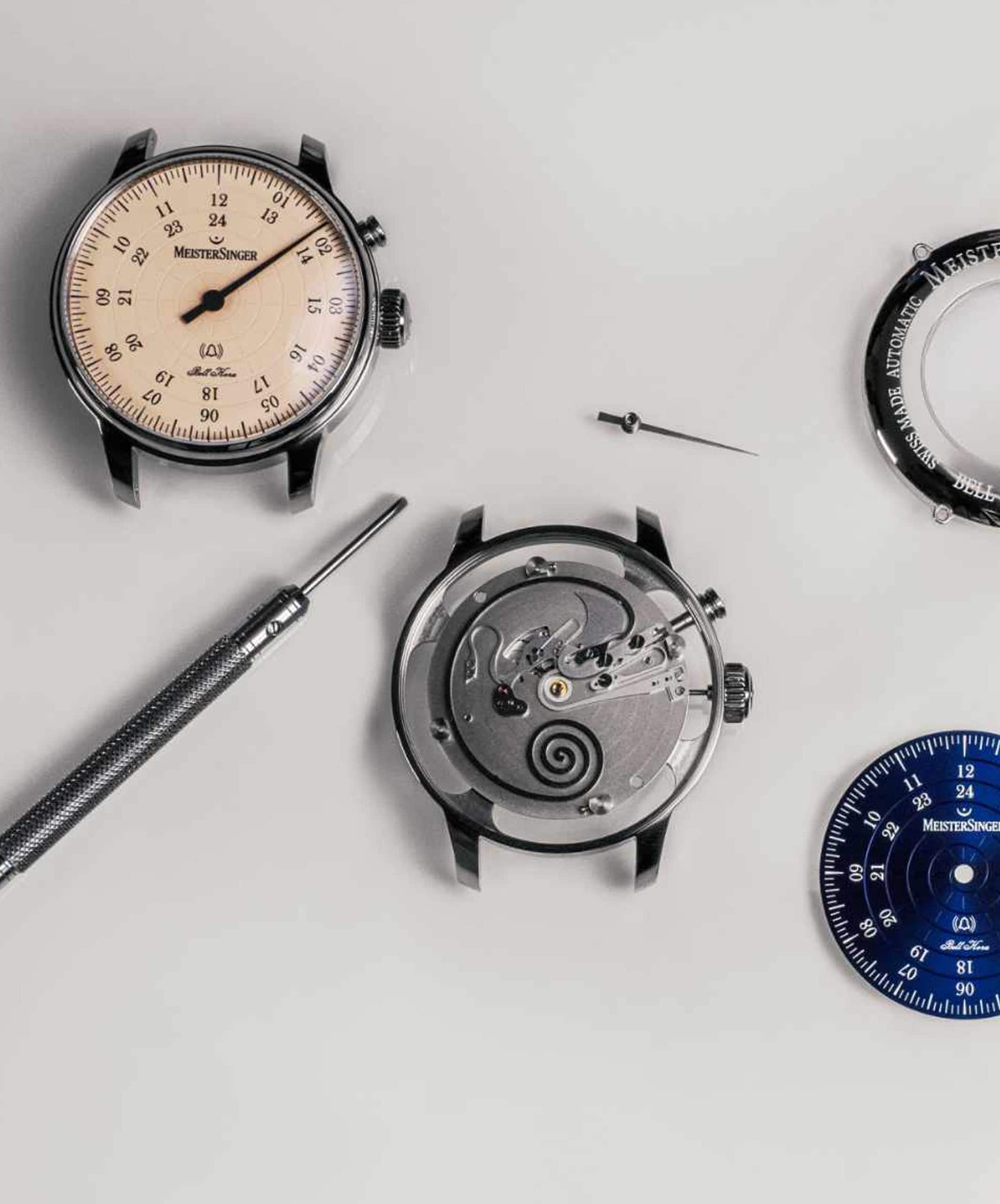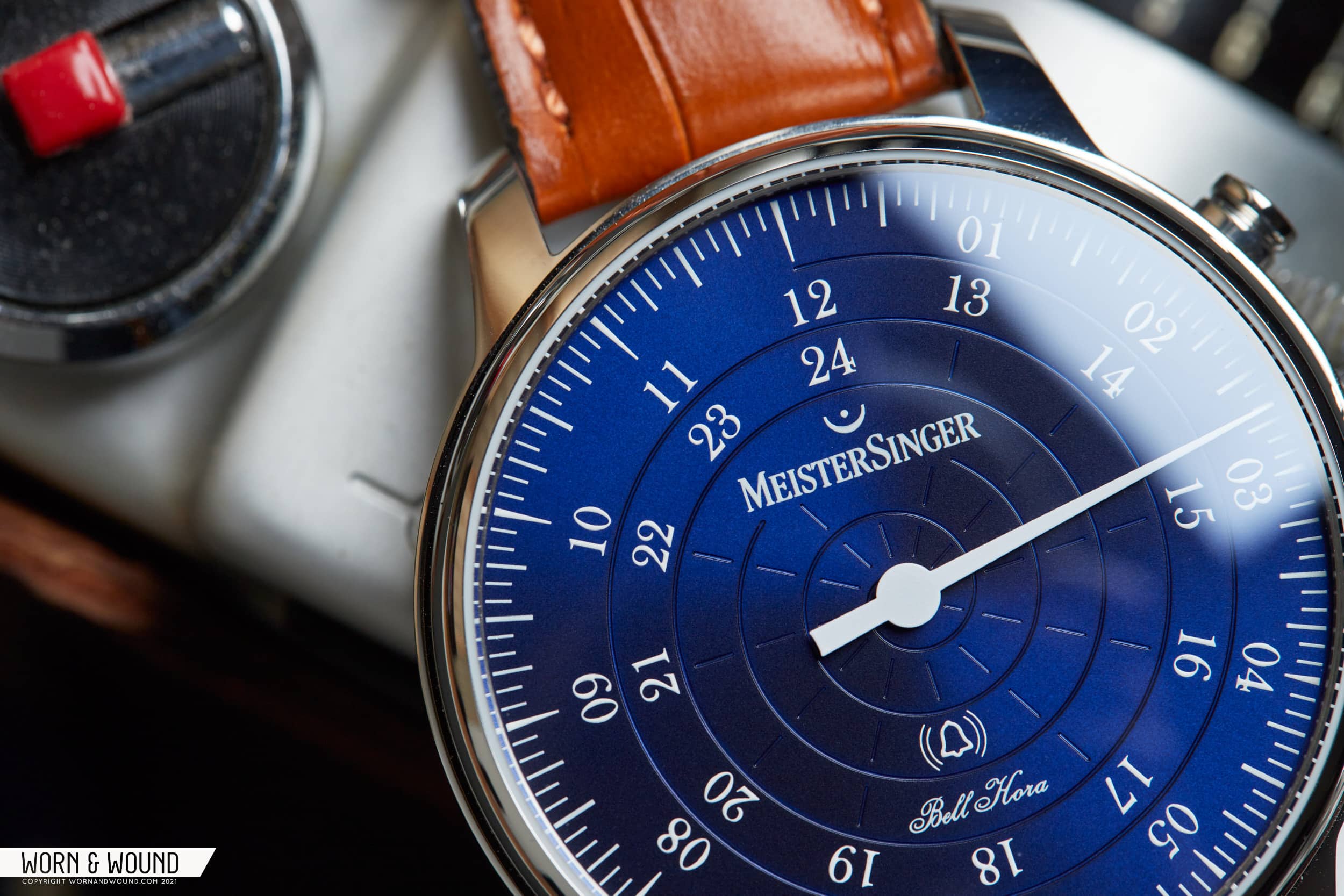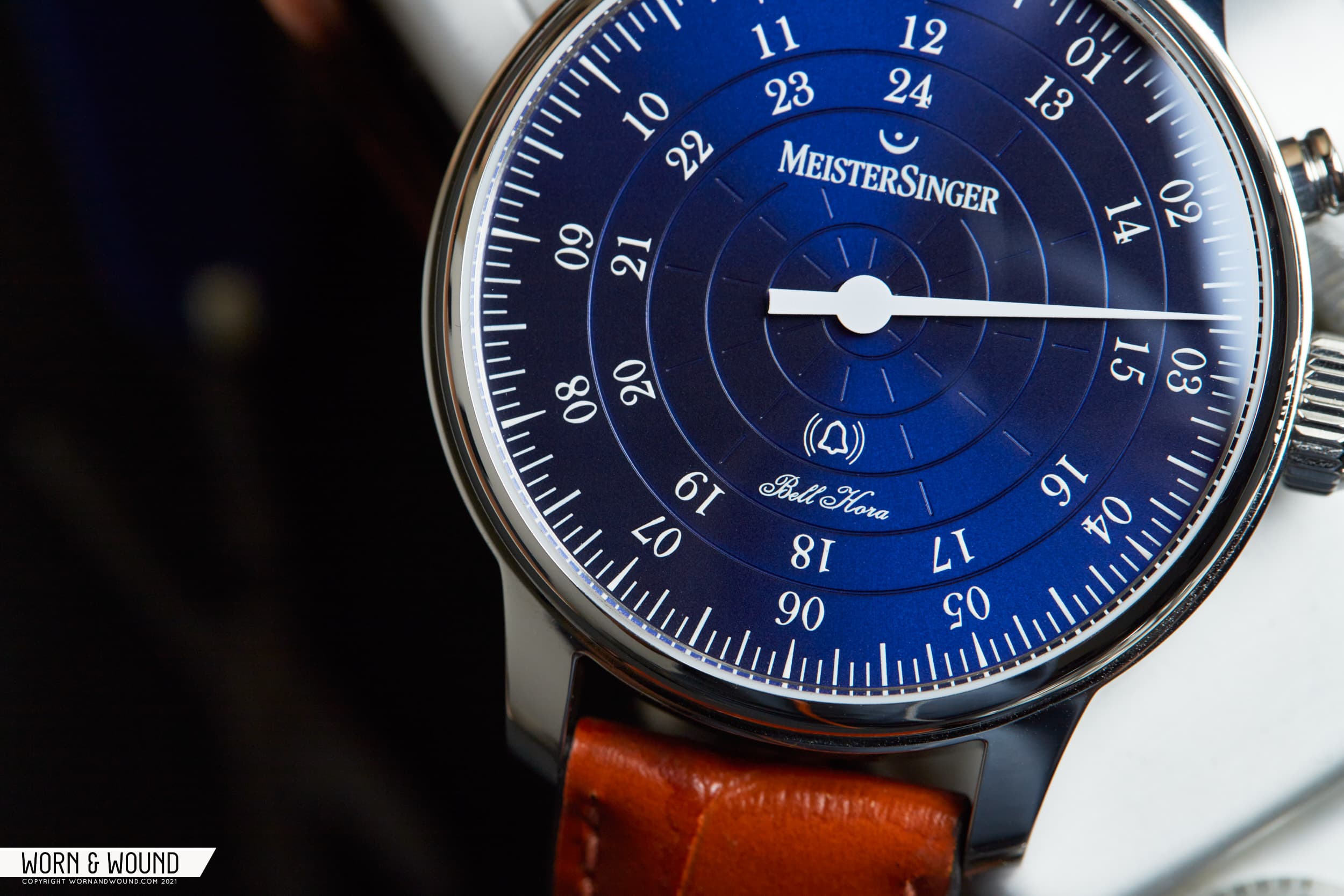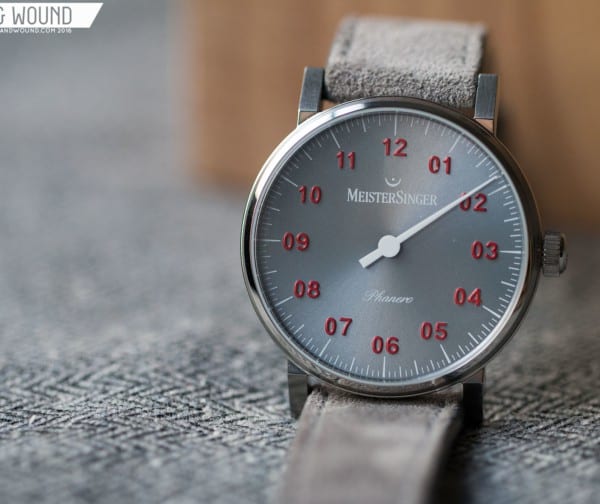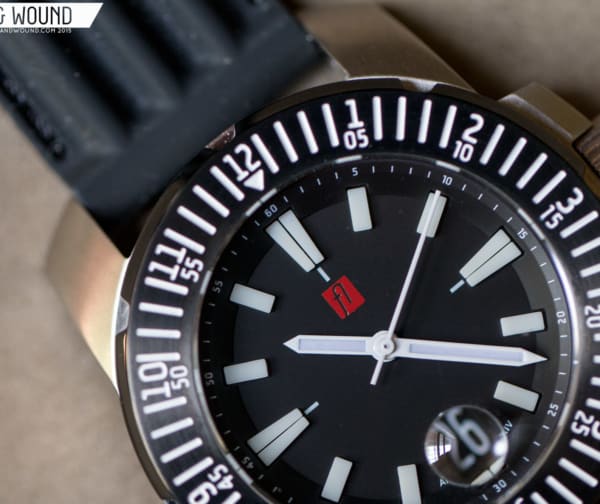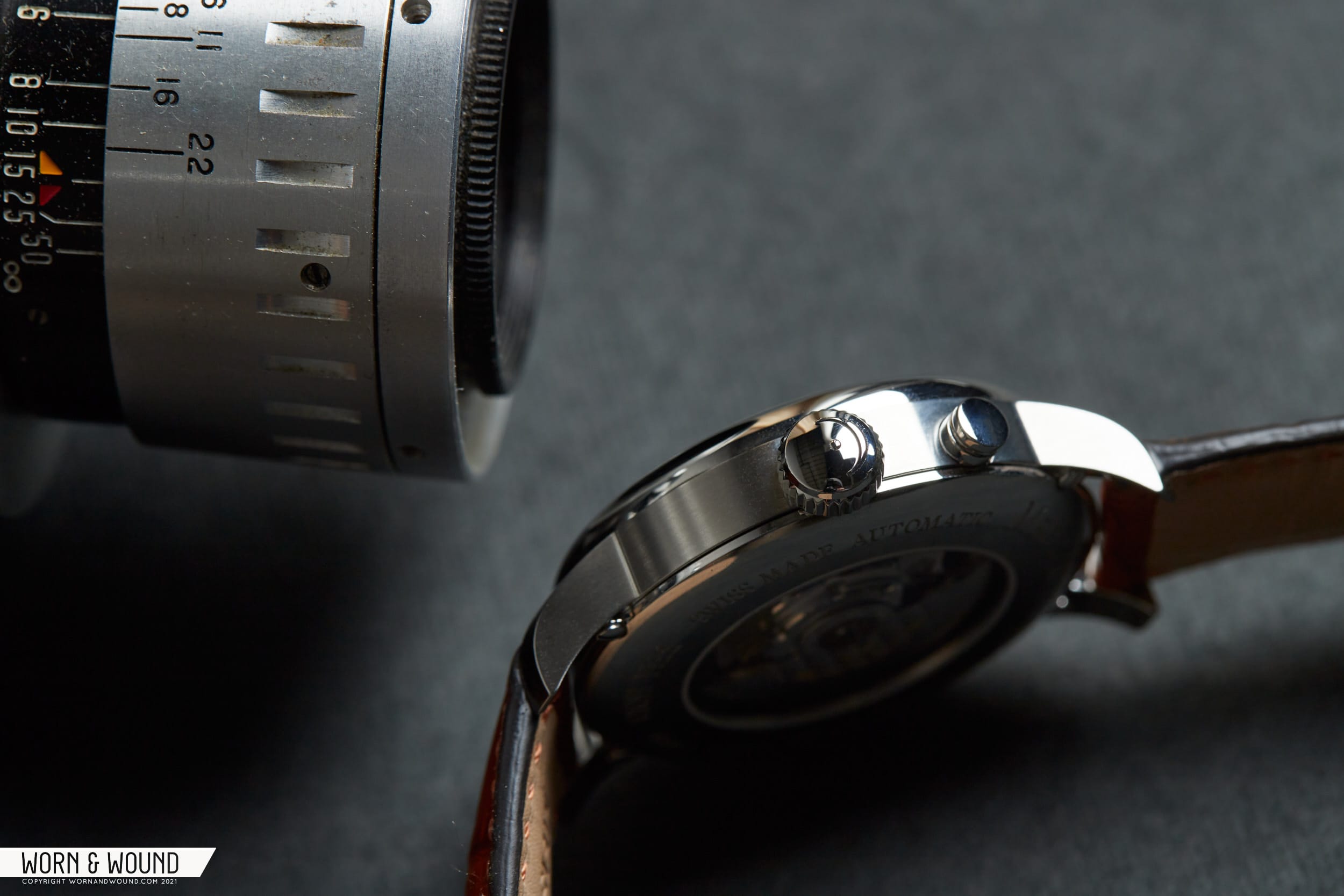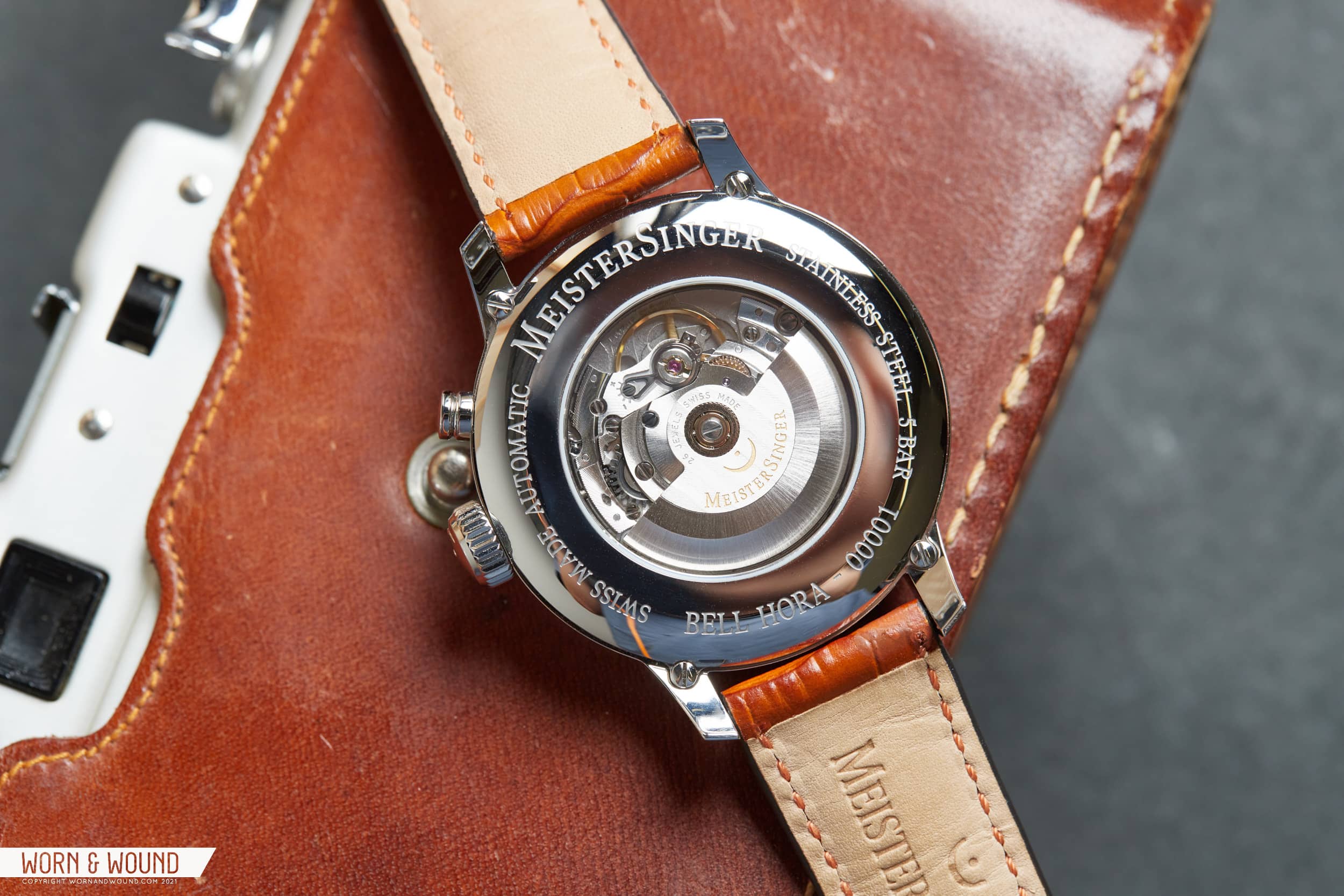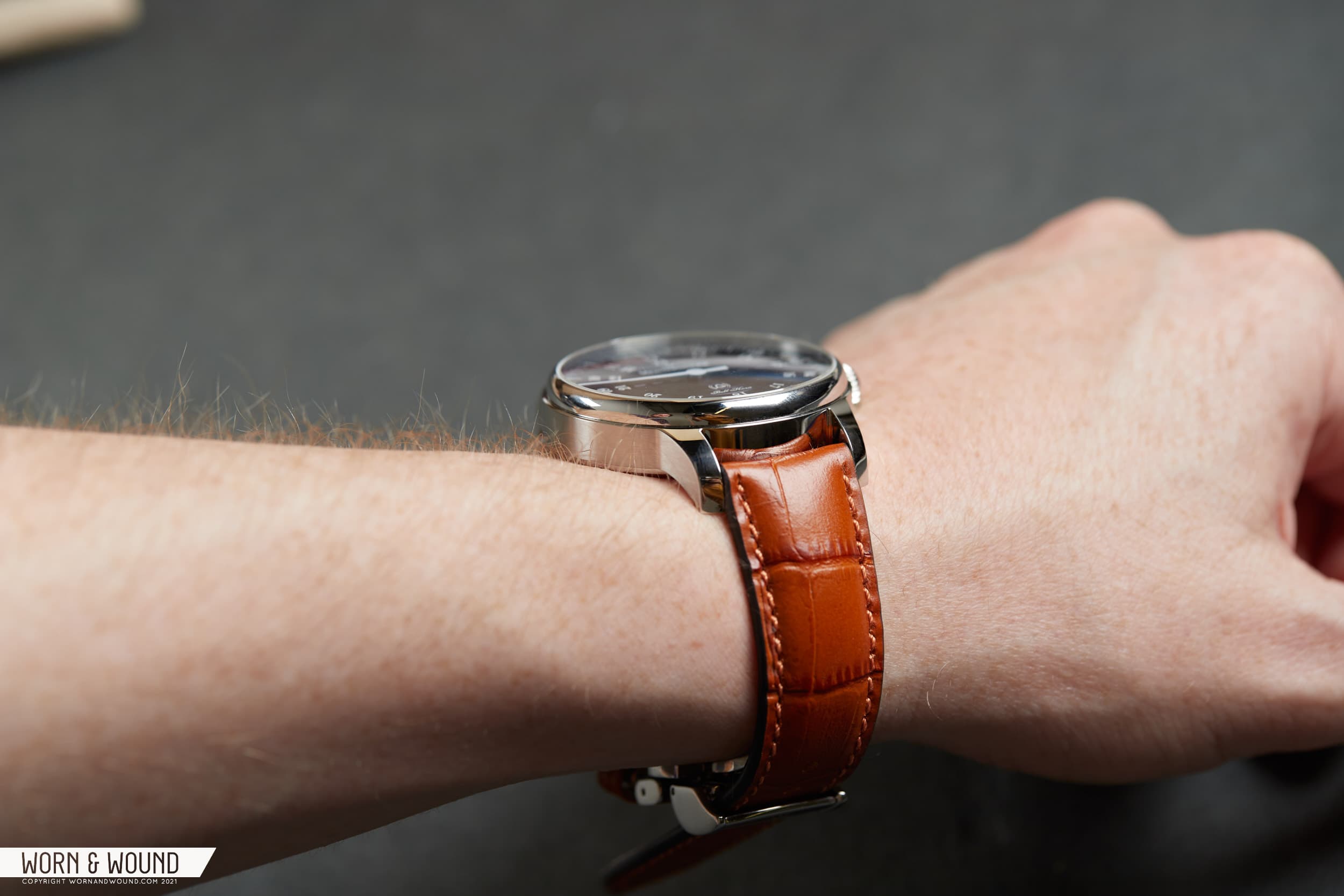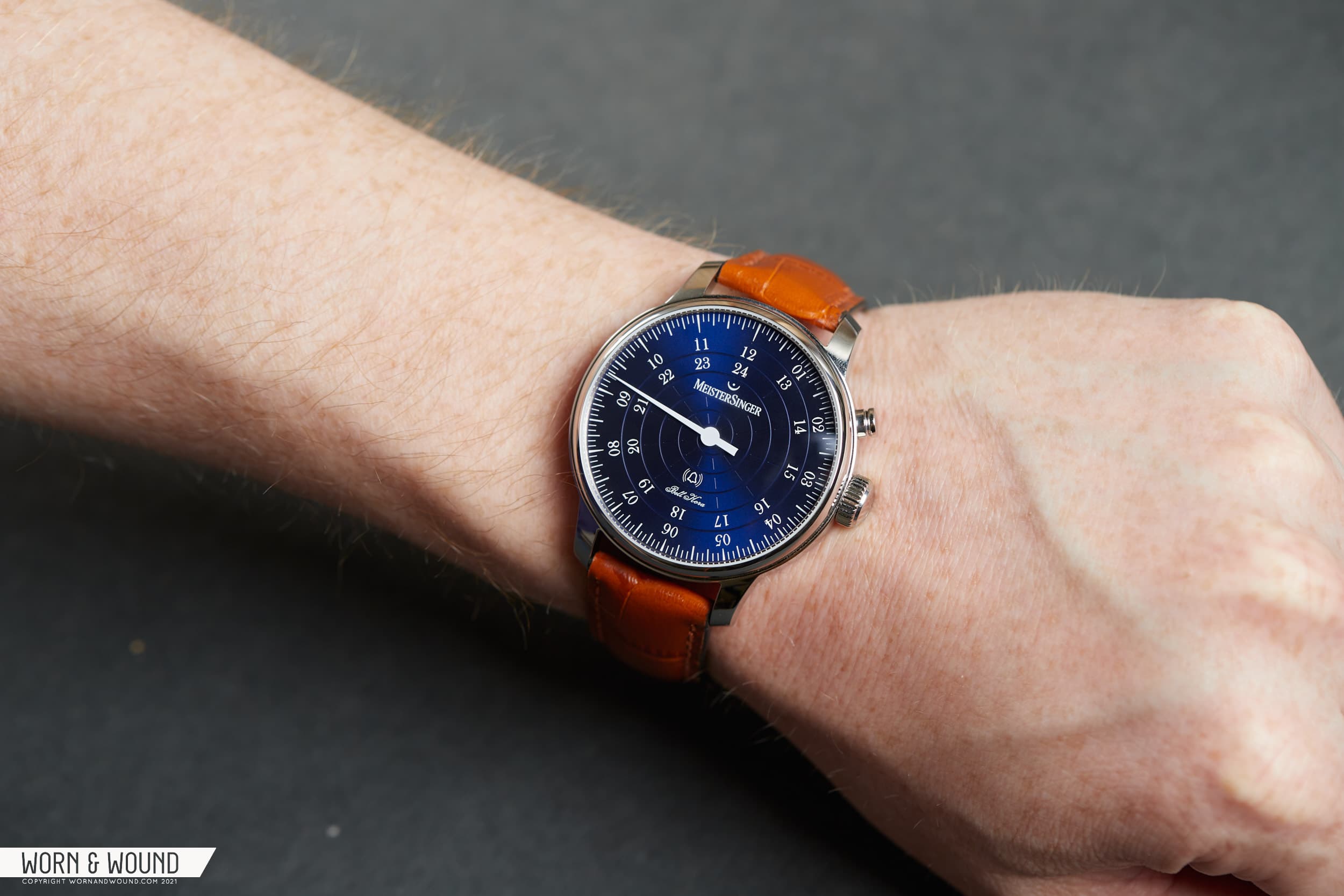The German brand MeisterSinger occupies a strange niche in the current horological landscape. They have become known as a maker of single hand watches, which in the wide world of time telling formats, remains infrequently utilized. The reason for this, I think, is the necessary lack of focus on precision time telling. Think about alternative dial layouts and I think you’ll start to see what I mean. Regulators, digital watches, retrograde displays, and the like leave a simple three hand format behind and move toward something that you can at least make an argument is better at gauging the precise time than a standard display. But a one handed watch has no illusions that it’ll be the choice of those of us who are constantly refreshing time.gov to ascertain if our COSC chronometers are indeed still within proper spec. These watches demand a more relaxed approach to time telling, and in the current moment, where precision, legibility, and accuracy are buzzwords across the watch community, one handed watches simply don’t generate much attention.
It’s too bad, because at least when it comes to MeisterSinger, there are some interesting things happening in one handed watch design that should excite watch nerds who are interested in historical watchmaking. One handed watches themselves are very much an artifact of another era, and indeed draw on one of the earliest time telling devices as inspiration: the sundial. This type of minimal timekeeping was extended to 18th century clockmaking, and for a long time clocks with a single hand were quite common. Minute hands made their way into clocks by the end of the 18th century, and the advent of the railroad eventually made them essential, and led to miniaturization, standardized timekeeping, the need for regional time zones, and many other things we simply take for granted today. But if you can somehow imagine the life you’d lead in the pre-industrial age, can you really think of a reason you’d need to know the time down to the minute? It’s almost certain that having a vague idea of the hour would be enough, and wearing a MeisterSinger for a few weeks (my first extended experience with a one handed watch, ever) made me realize that even today, precision might be a bit overrated.
But the one handedness of it all is really only the beginning of the story with this particular watch, MeisterSinger’s new Bell Hora. This watch takes the brand’s existing jump hour module and modifies it such that at the passing of each hour the watch releases a single, and quite enjoyable, chime. The complication, known as the sonnerie au passage is very old fashioned, and in the recent past has been executed in watches made by Breguet, Audemars Piguet, and others, but often in the service of other even more complex chiming mechanisms. The Bell Hora’s brief is quite simple and distinct from a true repeater watch in that the chime emanates in the same manner at a regular interval.
I was genuinely taken with the unique experience of wearing the Bell Hora and simply having it around for a few weeks. Unlike most watches, this one makes an impression just sitting on a desk, regularly reminding you of its presence in a particularly charming way. While the watch is far from perfect, and I have some nitpicks with respect to the design of the case, I was surprised by how taken I was with this watch and its many eccentricities. There’s a lot of deep watch nerd stuff happening here that’s definitely worth exploring. Let’s get into it.









 Featured Videos
Featured Videos




